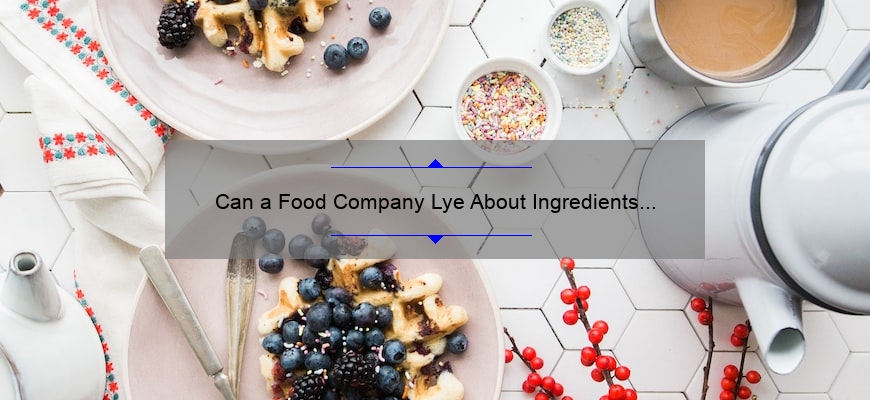If you want to avoid dangerous foods, you should know that some food companies lie about the ingredients in their products. Some can even manipulate serving size to make it look like their products contain no harmful ingredients. Others can use complicated technical terms to disguise the ingredients in their products.
57-year-old law allows food manufacturers to add ingredients without FDA approval
Critics of the FDA system argue that the most significant concern is that companies regularly add new ingredients to foods without informing the agency. While most of these ingredients are harmless, some have caused severe allergic reactions and have been linked to long-term health consequences. This is an issue that scientists are concerned about.
While the GRAS exemption was created to give manufacturers an easier path to gaining FDA approval for new ingredients, it has been widely used to bypass the safety review process. But companies have abused this loophole and added elements that the FDA has deemed harmful. This lack of independent review raises questions about the integrity of the process and the safety of our food supply.
The Food and Drug Administration regulates the food industry, including prescription drugs. The FDA sets standards and enforces these standards. It also supervises advertising associated with products regulated by the FDA. In addition, the law prohibits the misbranding of food and beverages.
The law’s intent in limiting the use of artificial ingredients is to prevent dangerous additives in food. Food manufacturers can’t add any synthetic ingredients to products without FDA approval. These additives can cause allergic reactions in humans. In response to this, the FDA has implemented new rules to ensure the safety of dietary products.
In addition to the new rules, the law has been amended to make it easier for companies to decide which ingredients are safe to use. While the FDA can only approve certain elements and not others, the food industry can choose the safest ingredients and take them directly to the market. That way, food manufacturers can be sure that their products are safe for consumers.
Food manufacturers manipulate serving sizes to make it appear their products are devoid of harmful ingredients.
Food manufacturers manipulate serving sizes to make it appear that their products are free of harmful ingredients by reducing them to tiny quantities. For example, a cookie might only contain 0.5 grams of trans fat per serving, while the manufacturer can claim the entire package is trans fat-free.
In addition, manufacturers hide harmful ingredients behind innocent-sounding names. One example is sodium nitrite, a highly carcinogenic ingredient linked to brain tumors, colon cancer, and pancreatic cancer. Google Scholar has a long list of articles detailing the dangers of sodium nitrite. In addition, NewsTarget has a series of articles that discuss its potential health impact.
The FDA and USDA should set uniform serving sizes for food products. These guidelines will make it easier for consumers to compare and contrast different products. Moreover, they should research how consumers understand food labels and their interpretation of serving sizes.
Food manufacturers use technical names for ingredients that people don’t know.
It is not apparent to read food labels, especially if you don’t know the ingredients. Ingredients lists often contain strange technical names that make it difficult to determine what a particular product has. Many of these ingredients are of vegetable, animal, or synthetic origin. You should contact the product manufacturer if you are unsure of an ingredient’s origin.



